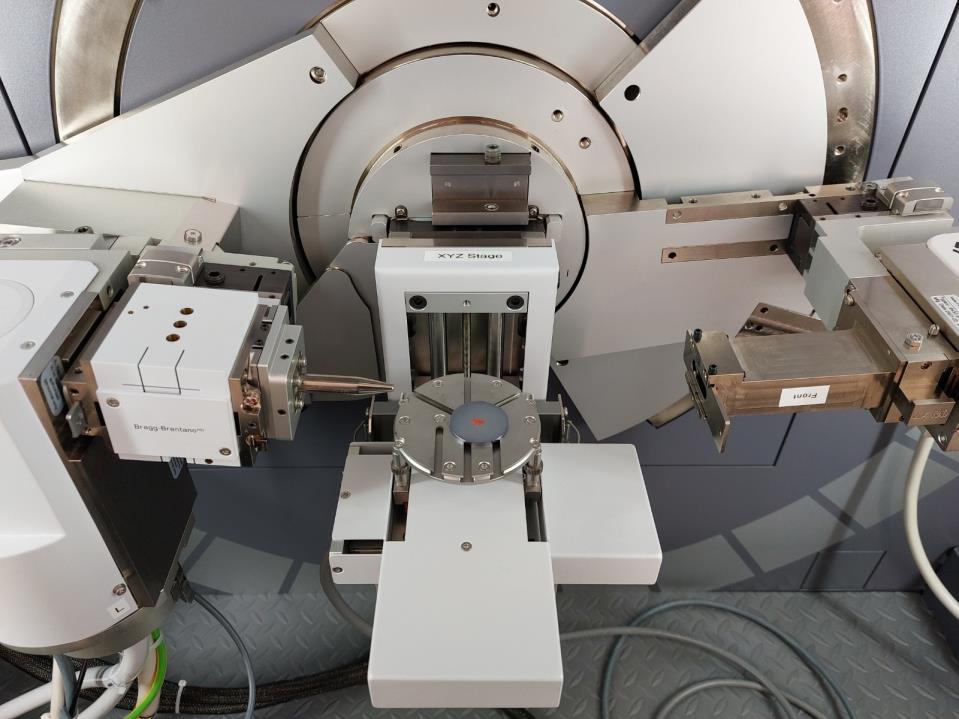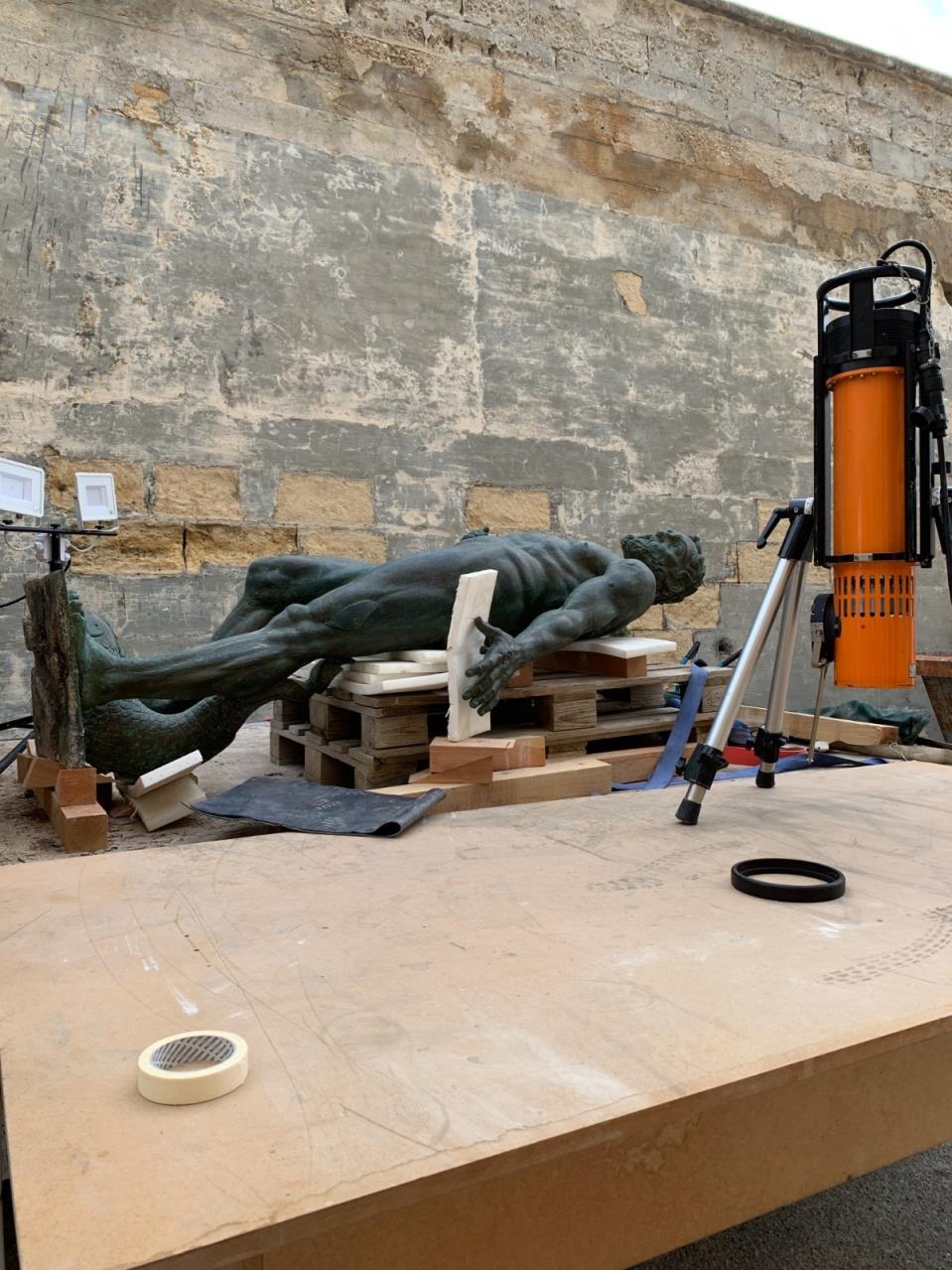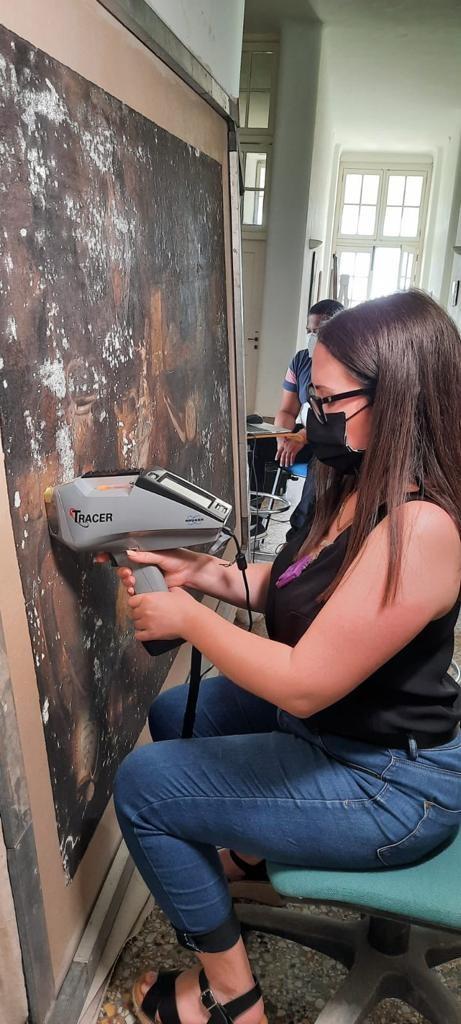Nuclear technologies are playing a pivotal role in protecting and preserving Malta’s cultural heritage, the manager of Heritage Malta’s Diagnostic Science Laboratories, Matthew Grima said.
The International Atomic Energy Agency, (IAEA) an agency which strives to seek and promote the safe, secure, and peaceful use of nuclear technologies, has facilitated the research and procurement of several technologies for the national agency to be able to continue their conservation and preservation efforts in an easier, more efficient way.
The Malta Independent on Sunday spoke with Grima on the use of such technologies as well as putting Malta on the map for nuclear-related energy in the cultural context.
Asked to speak about the IAEA’s technical cooperation programme with Heritage Malta, Grima said that the work to apply nuclear and nuclear-related energy in cultural heritage is a cooperation between a number of states around the world in an effort to see how they are going to preserve the national heritage.

“We have had a relationship with the IAEA for over 15 years and they are now seeing Malta as contributor into training other people in the cultural sector. There are regional and national projects, which include knowledge transfer and financial support, to procure systems to better preserve our national heritage. Ultimately, our national heritage is our legacy and what identifies us as a country,” Grima said.
Grima was asked on how one can better protect artefacts of cultural significance or value in the work that Heritage Malta is doing, to which he said that science plays a pivotal role in preservation just like healthcare professionals and specialists use science to diagnose a person.
“Science can answer the pivotal questions posed. Currently the hot topic is climate change, and so the question is, how is it impacting cultural heritage? Heat is causing chemical reactions to accelerate, as well as the country’s problem of humidity,” Grima said.

He said that science can pose an insight to what is currently happening and that they are constantly fighting against deterioration.
“However, despite recovering samples for the good of preserving the object can be seen as a positive thing, it becomes counterproductive as you cannot keep doing this until there is no object left,” Grima said.
He added that the portable systems, such as the X-Ray fluorescence, facilitates the research in a non-invasive way, as well as being able to go to large sites where samples cannot be procured. The X-ray fluorescence portable system works with an x-ray beam which does not damage the object and houses a detector for immediate elemental recording without having to even touch the object.
“As a national agency we need to strive for excellence, so if there is technology that betters our approach in comparison to what we are doing now, we have a legal responsibility to tap into that if it will increase our chances for better preservation and that is what we have actually done,” Grima added.
Grima said that before the portable systems were developed, the disadvantages and hindrance in better preserving objects of national importance were twofold – one being that some materials could not be sampled without leaving a permanently visible destructive mark, such as glass, and the other being that the technology would simply be non-existent and the agency would have to cooperate with foreign entities, which takes a longer amount of time.

“Unfortunately, there were analyses which were not even done. These systems have accelerated the fight against deterioration,” Grima said.
The IAEA helped with the procurement of a 1-tonne micro-X-ray diffractometer, an advanced system used to analyse and understand the materials, age and provenance of ancient artefacts by only necessitating minimal sample when information can only be obtained via such means. Staff at Heritage Malta was also trained on the use of X-ray diffraction.
Grima explained that X-ray diffraction is used on crystalline materials, such as salts, mortars, modern cement and pigments. This works with a fine X-ray beam fired onto a very small sample of an object Grima said.
“While past methods were not always feasible as larger amounts of samples had to be procured, with this technology we can literally scrape the pigment layer with a needle and elevate just a speck. As long as it is visible to the naked eye, that is enough for analysis,” Grima said.
He said that in the event of having to take a sample from an object, then at least the most minimalist volume of sample is procured. This is deemed as micro-invasive.
The IAEA has also collaborated with Heritage Malta to provide a course in radiography, which entailed a regional cooperation project for the training of individuals on radiography for civil engineering and cultural heritage.
Grima was asked to host the training course, as well as contribute to the training along with foreign experts in the field. The content was delivered to eight participants following an international call to member states.
“Currently, there is no certification or qualification worldwide that formally identifies a cultural heritage radiographer. After networking with experts, the IAEA itself saw an opportunity for an introductory training course to kick off a future first ever international radiography qualification. The training course is fantastic as it puts Malta on the map,” Grima said.
Asked if Heritage Malta is currently working on a major restoration project where the new nuclear technology is being used, Grima said that while the technology is fairly new, which together with the IAEA’s financial investment, €750,000 was spent, Heritage Malta is able to support the archaeological domain.
“There are a few tombs which have been recently investigated and it is this technology which is being applied,” Grima said.
Grima said that the technology is being used to initially help archaeologists make a quick analysis on certain materials while they excavate, to determine which materials need to be put in short-term storage for immediate preservation.
“This is an important aspect of preservation as, when required, science can contribute on the profile of a material for archaeologists and conservators to decide on short-term preservation. For example, metal can corrode fully and x-radiography helps us know whether metal objects have within their core, uncorroded healthy metal, rather than being fully oxidized. Depending on their preservation state, conservators can then proceed to preserve them appropriately,” Grima said.
Grima said that Heritage Malta is also analysing a Phoenician sarcophagus from a tomb using this technology.
Asked if he considers the investment in this type of technology a breakthrough in Malta’s efforts to preserve artefacts and objects of national heritage, Grima said that rather than a breakthrough, it is a definite breather that eliminates certain challenges which were faced before.